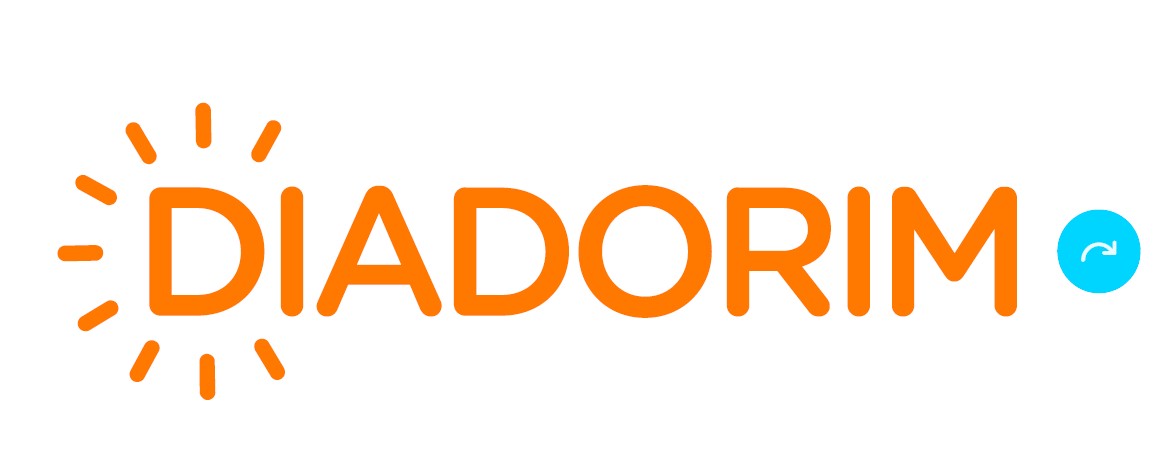Early childhood education and textbook:
a critical analysis
Keywords:
Child education. Textbook. Reading. Writing.Abstract
Public policies related to the National Program for Books and Teaching Materials have given rise in recent years to discussions about the adequacy of the use of textbooks in the first stage of basic education. This article is part of this discussion and its general objective is to analyze the relationship between early childhood education and textbooks indicated for this stage. In order to do so, we have as specific objectives: a) to investigate the conception of children and the purpose of early childhood education present in these textbooks; b) understand the concept of initial learning of written language present in textbooks proposed for early childhood education. The study methodology followed the assumptions of the qualitative approach, as highlighted by Lüdke and André (2013), and privileged the documental analysis (ALVES-MAZZOTTI; GEWANDSZNAJDER 1999) of three textbooks recommended for children of four and five years old. For the treatment of information, was used the thematic content analysis, according to Bardin (2016). The conclusions pointed out that, in the analyzed books: a) different conceptions of children coexist - passive and active; b) distinct social and educational functions coexist - preparation for elementary education, cultural training and integral development of children; c) the concepts of literacy range from a restricted view to the perspective of literacy; d) literacy practices may or may not be present in textbooks.









